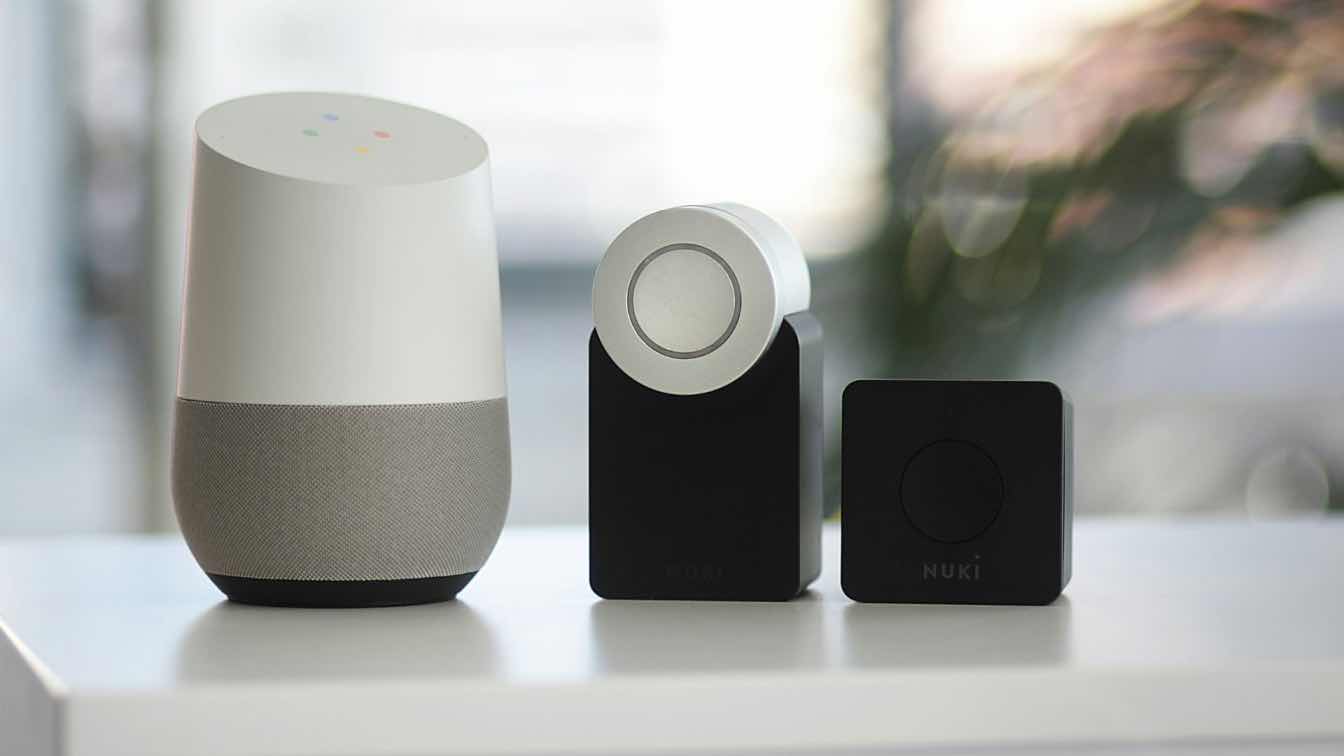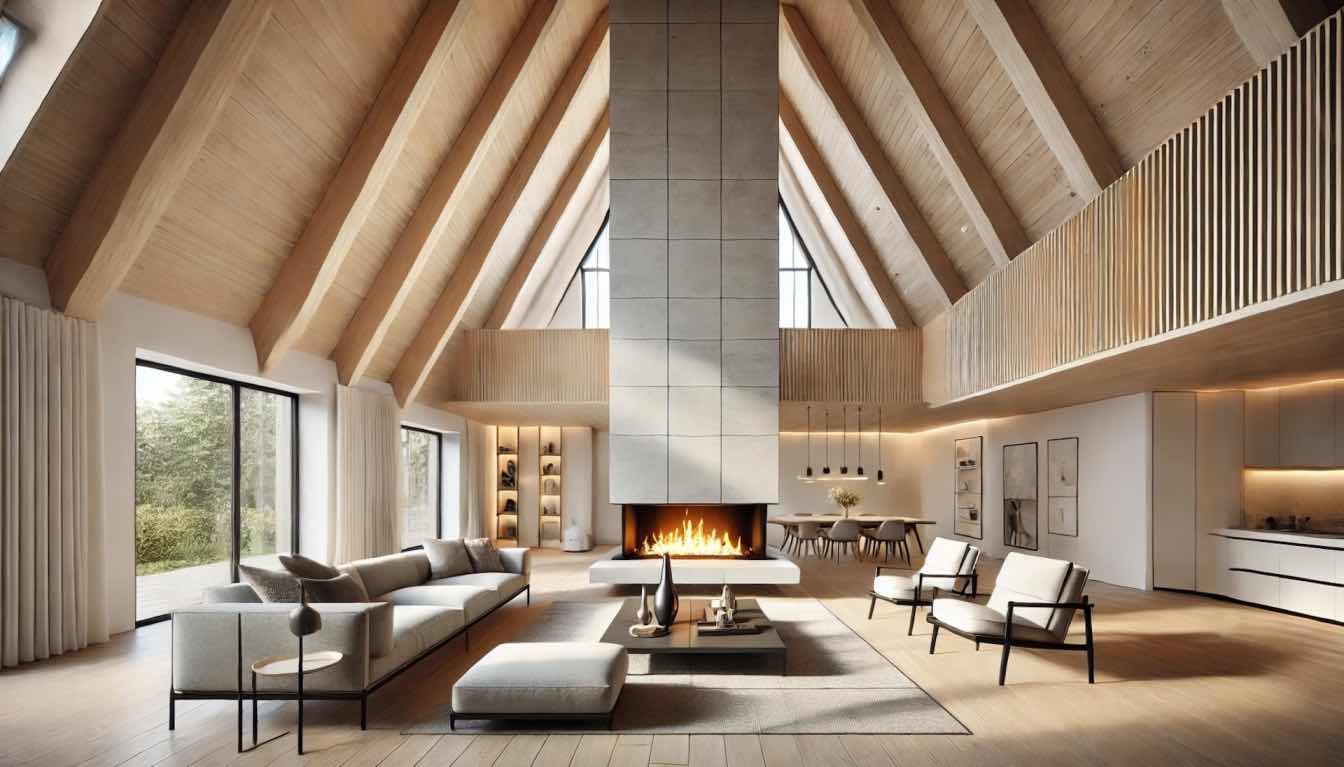Smart home technology is rapidly transforming everyday life. It offers unprecedented convenience and control over household appliances and systems. By 2021, 43 percent of U.S. households had embraced the benefits of at least one smart home device.
Whether adjusting your thermostat remotely, controlling lights via voice commands, or monitoring your home security from your smartphone, these innovations are changing how we live. As this technology becomes more accessible, more people are discovering the advantages of connecting and automating their home environments.
What is smart home technology?
Smart home technology connects your home appliances and devices to a central system, allowing you to manage them with a smartphone or tablet. Common smart appliances include thermostats, refrigerators, and lighting systems. These devices are designed to make your life easier and your home more efficient.
The primary benefits include enhanced energy efficiency and increased convenience through remote and voice controls. In addition, it improves security with systems that can monitor and protect your home even when you're away. Embracing this technology means stepping into a world where your home understands. It anticipates your needs, providing comfort and peace of mind.
Smart Home Security Enhancements
Security features like cameras, sensors, and alarms offer robust protection. They allow you to monitor your home directly from your smartphone in real time. These systems enhance safety by alerting you to any unusual activity, ensuring you're always in the loop, no matter where you are.
While integrating these technologies can provide significant security benefits, it's also crucial to consider privacy and data security. Secure devices and encrypted data transmission can protect you from potential breaches. This careful balance between vigilance and privacy is critical to creating a safe, smart home environment that respects your personal space and security.
Architectural Trends Complementing Smart Technology
Modern architecture increasingly accommodates smart technologies, blending aesthetics with functionality to enhance your living experience. Architects and designers now prioritize features that complement these technological advancements.
It includes open floor plans that allow for better distribution and management of smart lighting and climate controls. Also, developers build homes with integrated network connections supporting a seamless and robust digital infrastructure. It ensures all smart devices communicate efficiently and without interruption.
Emerging design trends also focus on sustainability and energy efficiency, aligning perfectly with smart technology. Green roofs and renewable-source heating systems are becoming more common. When paired with this technology, it reduces your carbon footprint and enhances your home’s energy management capabilities.
Energy-saving landscaping optimizes natural light and temperature, decreasing reliance on artificial heating and cooling. Moreover, with the rise of electric vehicles, having an electric vehicle charge point at home is increasingly standard. It demonstrates how modern home design evolves to meet future technological needs.
Using OEM Parts for Smart Appliance Upgrades and Repairs
OEM or original equipment manufacturer parts are components from the original company that produced your device. These parts maintain the integrity and functionality of your smart appliances because they are designed specifically for your model.
When you use OEM parts, you ensure every piece fits and functions as intended, preserving your appliances' original efficiency and performance. It is essential when upgrading traditional machines to smart ones. The quality of the parts used greatly influences the compatibility and effectiveness of the upgrade.
For example, you want to upgrade a traditional Kenmore dryer to have smarter functionality. Using Kenmore dryer parts from Genuine Replacement Parts ensures you maintain the manufacturer's standards. These high-quality replacement parts play a vital role in the upgrade process, ensuring your newly smart appliance operates smoothly and reliably.
Besides reliability, using OEM parts helps preserve your appliances' warranty. Many manufacturers require OEM parts to maintain the warranty validity for repairs and upgrades. This approach safeguards your investment and guarantees that your appliance will function as efficiently as possible.
Steps To Upgrade Your Appliances With Smart Features
Integrating smart appliances into your home can significantly enhance your daily life through increased efficiency and control. Here’s a straightforward step-by-step guide to get you going:
Assess your needs: Evaluate which aspects of your home life could benefit most from automation. Do you need better energy management, enhanced security, or more convenience in your daily routines?
Start small: A great entry point into smart home technology is through smart plugs. These devices allow you to control the energy supplied to an appliance, turning it on or off based on your schedule or needs. That means your devices will only use power when needed, enhancing energy efficiency.
Select compatible appliances: When choosing smart appliances, consider your current home setup and the technological compatibility with your existing devices. Look for appliances that can easily connect with your existing smart home ecosystem.
Consult manuals and manufacturer guides: These resources will give basic installation instructions and essential compatibility information.
Hire professionals: It is wise for more complex setups, especially those involving integrated systems or rewiring. They can ensure everything is set up safely and works correctly.
These strategies help you make informed decisions while upgrading to a smart home. It ensures a seamless transition and optimal functionality of your new smart appliances.
Future Trends in Smart Home Technology
The adoption of smart home technology is expanding rapidly, with AI-driven automation and IoT integrations revolutionizing how you interact with your living spaces. Experts forecast the global smart home market will surge to over $231 billion by 2028. It underscores the escalating demand and potential of these technologies.
Such advancements promise even greater personalization and efficiency in home management. It includes systems that learn your preferences and adjust settings automatically and devices that communicate seamlessly to optimize convenience and energy use.
However, staying ahead with these technologies comes with challenges. You must consider the compatibility of new devices, the learning curve associated with new tech, and the importance of maintaining security. Embracing these innovations can significantly enhance your home living. Still, it requires precise planning and consideration of the evolving landscape of smart technology.
Enhance Your Home With Smart Appliance Upgrades
Consider upgrading to smart appliances to elevate the comfort and convenience of your home. These cutting-edge technologies streamline daily tasks and adapt to your lifestyle. They enhance your living environment in ways you'll truly appreciate.





